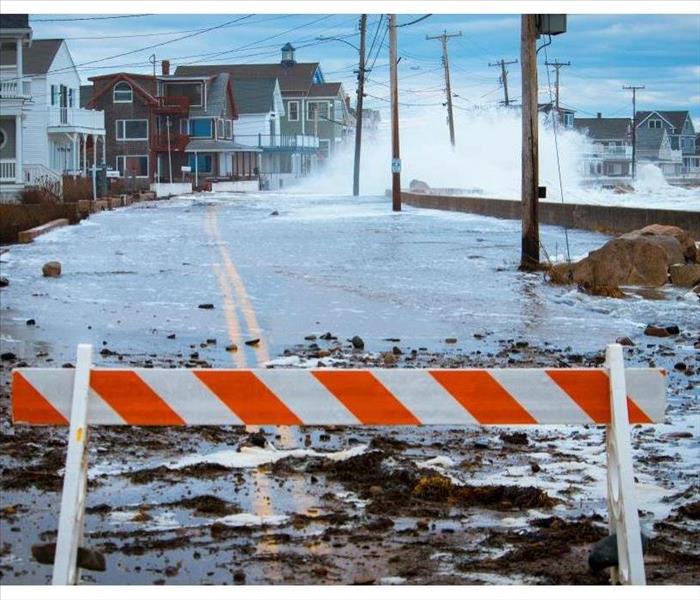What You Need to Know About a Nor'easter
5/5/2020 (Permalink)
Anyone living on the Eastern Seaboard is familiar with a nor'easter storm. Thankfully, these storms don't hit too often, but when they do, they bring along heavy rain or snow, howling winds and stormy seas. To protect your home in Cornwells Heights, PA from flooding and other damage these storms can bring, let's take a look at some Nor'easter facts, including how the storms are formed and the trouble they can cause.
How Are These Storms Formed?
Two types of weather conditions can cause nor'easter storms, Miller Type A and Type B, as classified by J. E. Miller in 1946.
Miller Type A - These "classic" storms originate in the Gulf Coast and work their way up the coast to the Northeast. The storms are most common in the colder months of the year when cold air from the North travels down to the South where it meets much warmer air. This combination provides the perfection conditions for the storm.
Miller Type B - Much less common than the classic storms, these begin as cyclones in the Midwest that travel east. They break up somewhat in the Appalachian Mountains, then pick up steam again on the East Coast.
What Dangers Should You Be Aware Of?
In the winter months, these storms can cause heavy snow and wind. Power outages from downed trees and icy roads are common. To ensure your safety, keep abreast of weather conditions. Stock your pantry with enough food to get through the storm and stay at home when the storm approaches.
In warmer weather, strong winds and heavy rains can cause significant flooding and other damage to your home. Plan ahead by checking the weather report for any oncoming storms. Make sure your sump pump is in working order and your roof is in good shape. Keep your trees pruned to minimize the risk of downed tree branches.
Keep safe all year by being alert and prepared for an approaching nor'easter.






 24/7 Emergency Service
24/7 Emergency Service